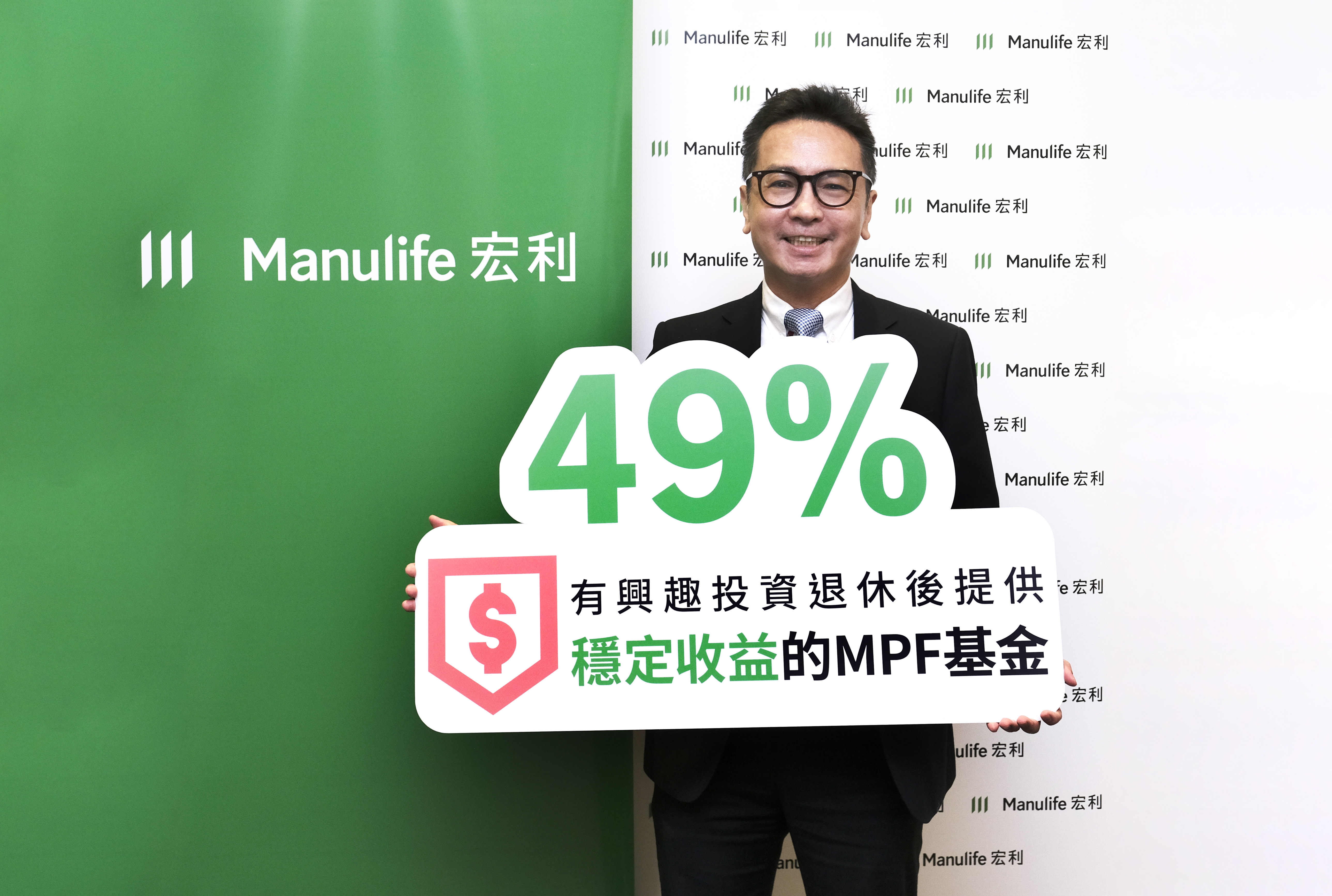New research by Manulife Hong Kong has revealed that around one-third of working people in Hong Kong are likely to invest their retirement savings - including accrued Mandatory Provident Fund (MPF) benefits - in stocks when they retire, exposing them to the risk of high volatility.
Manulife’s findings underscore the lack of effective post-retirement solutions that offer retirees a regular, stable income stream.
By the time they retire, respondents expect to have saved HK$3.97 million (US$0.51 million).
Based on their expected retirement age (63 years old) and the average lifespan in Hong Kong (85 years old), their average monthly disposable income would be about HK$15,000 for a total of 22 years during their retirement.
Over half (52%) of the respondents believed that their savings would not be sufficient to support their retirement. To bridge the retirement shortfall, respondents plan to spend less, seek government subsidies, continue working, or invest.
Although they may be faced with insufficient savings for the retirement they had hoped for, more than half of the survey respondents indicated that they would not withdraw their MPF accrued benefits in a single lump sum when they retire, or they have yet to make their decision.

Raymond Ng, Head of Employee Benefits at Manulife Hong Kong, said: “Wealth accumulation is inevitably the key in the pre-retirement stage, and one of ways to achieve it is through more active MPF account management. After retirement, putting funds into cash savings is not ideal, because inflation will without a doubt erode them, and investing in stocks exposes retirees to the risk of volatility. Equally important, however, is preserving and growing a nest egg in the post-retirement period as life expectancy is getting longer nowadays.”
Manulife has undertaken research to better understand public acceptance of its MPF post-retirement solution, which is designed to provide a regular income stream that aims to beat inflation.
Read: Australia: Pension funds battling COVID-19 impact on 3 fronts
The survey found that nearly half of all the respondents (49%) were keen on adding such a solution to their MPF portfolios. The top three features most welcomed by respondents were dividend payments (52%), a stable income after retirement (48%), and low risk (30%).
Among those interested in such a post-retirement solution, the majority (77%) said they would re-allocate their existing MPF portfolios to include it, with most (74%) saying they would allocate more than 20% of their portfolios to it. The remainder of this group (23%) preferred to make additional voluntary contributions to include such a solution in their MPF portfolios.
Currently, upon retirement, Hong Kong people have three ways to manage their MPF: withdraw all MPF benefits in a lump sum; withdraw them in instalments; or keep their MPF benefits in their accounts for continuous investment.
Read also:
5th Asia Trusted Life Agents & Advisers Awards names 62 finalists from 11 markets
COVID-19 Considerations for Life and Health Insurers in Asia - Oliver Wyman
Joining the insurance industry? Here's what you need to know.
Do you have a new product or programme to share? Or perhaps you are keen to explore any collaborations with us or our partners? Reach out to us at Connect@AsiaAdvisersNetwork.com